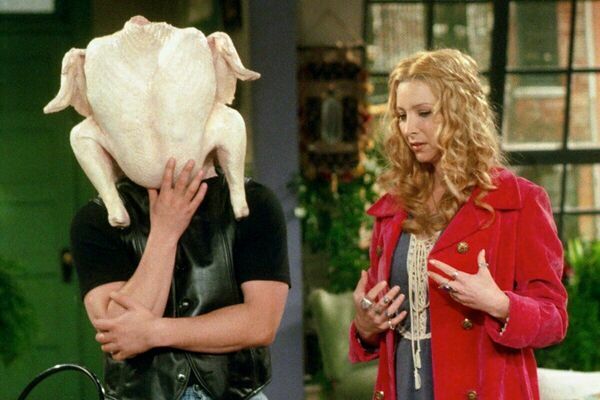How not to tank your Thanksgiving turkey!

For many families celebrating the Thanksgiving holiday, the centerpiece on the table is the turkey. Oven roasted, deep fried or whatever the cooking method, making sure the turkey is handled safely from the store to the table is of utmost importance.
Food safety starts at the grocery store, whether buying a fresh or frozen bird, said Brenda Medlock, Kay County OSU Extension Family and Consumer Science Educator.
“Food handling errors and inadequate cooking are the most common problems that can lead to foodborne disease,” Medlock said.
“When shopping for a fresh turkey, place it in the bottom of the cart so juices won’t drop on other foods you’re buying. Once you’ve checked out, go home immediately and put the turkey in the refrigerator or freezer.”
If the turkey is frozen, be sure to give yourself plenty of time to thoroughly thaw it. Thawing in the refrigerator is the safest method. Place the bird in a container on the bottom shelf so juices will not contaminate other foods. Allow about 24 hours for each five pounds of turkey. A 20-pound turkey will take at least four days to thaw.
Another thawing method is placing the turkey in a sink of cold water. Change the water every half hour to ensure the turkey stays cold. It takes about 30 minutes per pound for this thawing method.
“Whatever you do, don’t thaw the turkey on the counter,” she said. “A thawing turkey must defrost at a safe temperature to avoid foodborne illness possibilities.”
Keep in mind raw poultry can contaminate anything it touches with harmful bacteria. If you defrosted the turkey in a sink of cold water, be sure to clean the sink afterwards to prevent cross contamination.
Medlock said if you choose to stuff the turkey, do so just before cooking. Use a food thermometer to ensure the center of the stuffing reaches 165 degrees Fahrenheit. Bacteria can survive in stuffing that has not reached this critical temperature point and can cause food poisoning. After removing the turkey from the oven, wait about 20 minutes before scooping the stuffing from the bird’s cavity.
When roasting a turkey, whether stuffed or not, the turkey needs to reach an internal temperature of 165 degrees Fahrenheit. Check the temperature with a food thermometer in the thickest parts of the breast, thigh and wing joint.
“Be sure to let the turkey rest for about 15 to 20 minutes before carving it. This will help keep the turkey nice and moist,” she said.
Once the feast is over, get the food safely stored as soon as possible. Ideally, leftovers should be stored at 40 degrees Fahrenheit within two hours of preparation to prevent food poisoning. Clostridium perfringens is a bacteria that grows in cooked foods left at room temperature and is the second most common bacterial cause of food poisoning. Symptoms include vomiting and abdominal cramps within six to 24 hours after eating.
“Following these guidelines will help ensure you prepare not only a tasty meal, but a safe one, as well,” Medlock said.
Please support The Blackwell Journal-Tribune by subscribing today!
 Loading...
Loading...

.png)
.png)